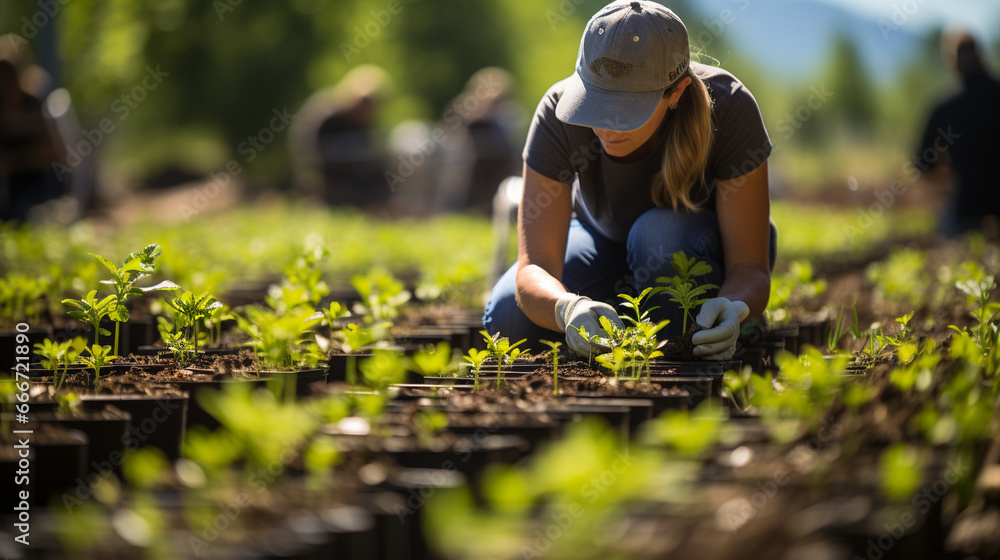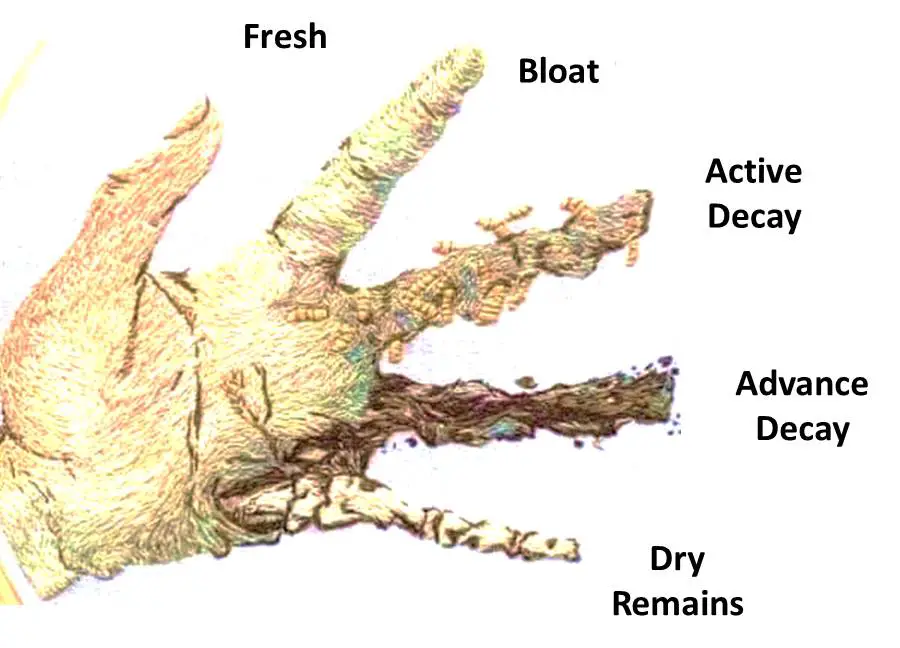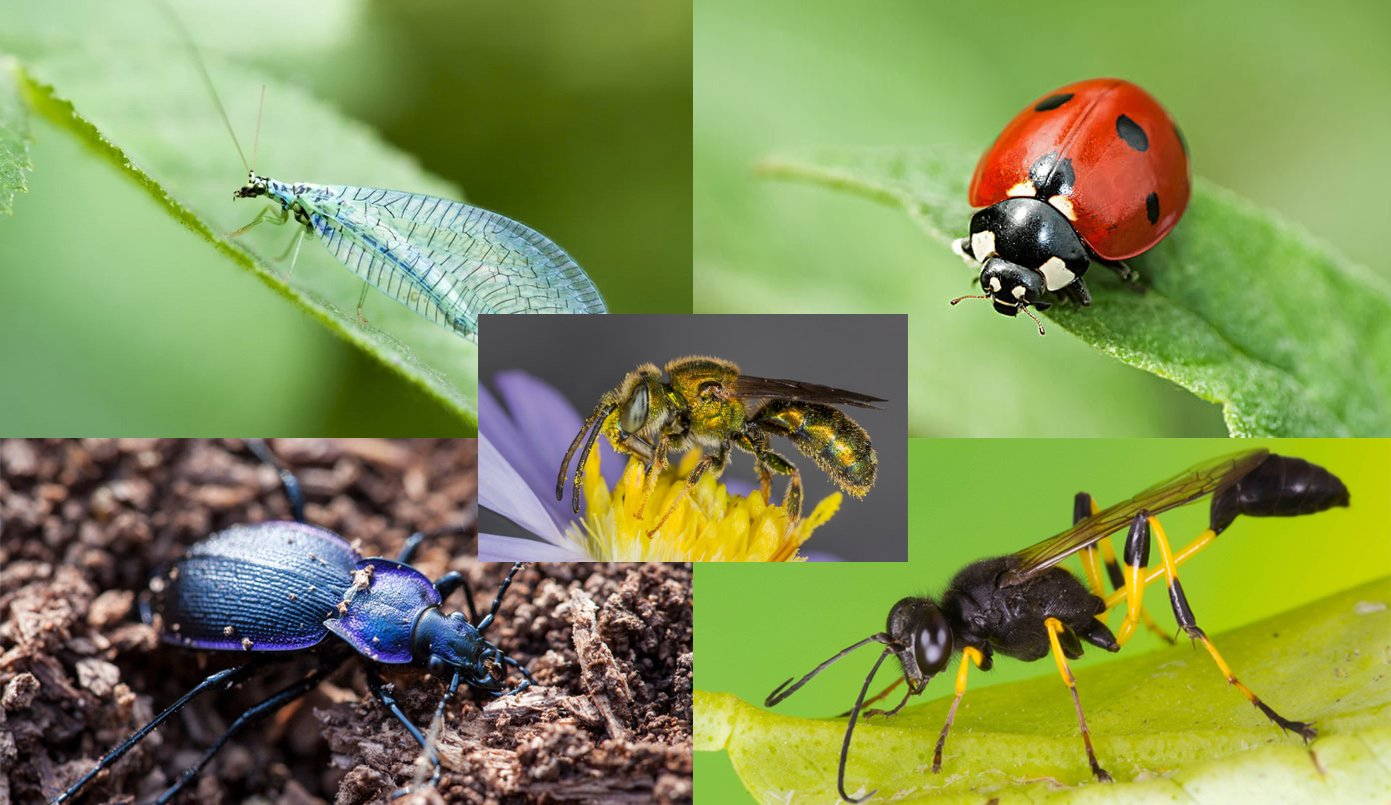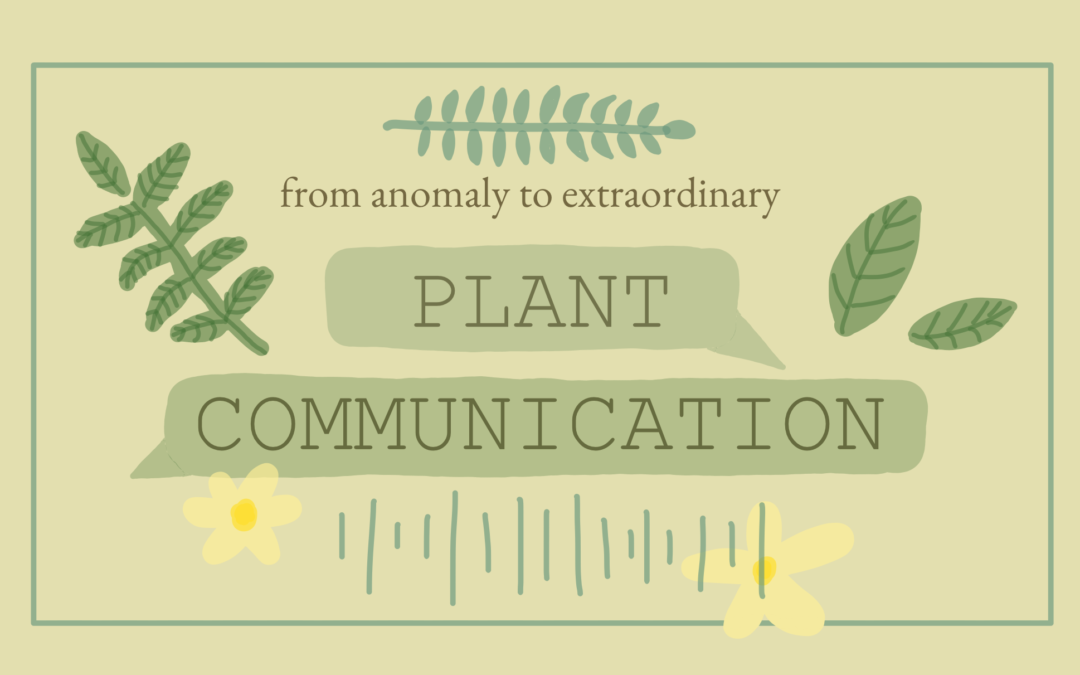
Breathing Life Back into the Wetlands: A Comprehensive Guide to Restoration Planting
Wetlands, often overlooked and misunderstood, are among the most vital ecosystems on Earth. They serve as natural sponges, filtering water, mitigating floods, and providing habitats for a dazzling array of plant and animal life. However, these precious environments are under constant threat from human activities, including development, pollution, and climate change. Wetland restoration planting is a critical tool in reversing the damage and ensuring the long-term health and resilience of these invaluable ecosystems. This comprehensive guide delves into the intricacies of wetland restoration planting, exploring its importance, techniques, challenges, and the profound impact it has on the environment and the communities that depend on it.
The Critical Role of Wetlands
Before diving into the specifics of restoration planting, it’s essential to understand why wetlands are so crucial. These areas, where land meets water, encompass a variety of habitats, from marshes and swamps to bogs and fens. They are dynamic systems, constantly changing and adapting, and they play a multitude of roles that benefit both nature and humanity:
- Water Filtration: Wetlands act as natural filters, removing pollutants and excess nutrients from water. Plant roots and soil microbes trap and break down contaminants, improving water quality for downstream users.
- Flood Control: Wetlands absorb and store floodwaters, reducing the severity of floods and protecting communities and infrastructure. Their ability to hold large volumes of water helps to buffer against the impacts of heavy rainfall and storm surges.
- Habitat Provision: Wetlands provide essential habitats for a vast diversity of plant and animal species, including migratory birds, fish, amphibians, and countless invertebrates. They offer food, shelter, and breeding grounds, supporting biodiversity and ecological balance.
- Carbon Sequestration: Wetlands are highly effective at storing carbon, helping to mitigate climate change. The organic matter in wetland soils sequesters carbon from the atmosphere, reducing greenhouse gas emissions.
- Coastal Protection: Coastal wetlands, such as salt marshes and mangroves, protect shorelines from erosion and storm damage. They act as natural barriers, absorbing wave energy and reducing the impact of storms.
- Economic Benefits: Wetlands support various economic activities, including fisheries, tourism, and recreation. They provide valuable resources and contribute to local economies.
The Threats to Wetlands
Despite their immense value, wetlands are facing unprecedented threats worldwide. These threats are largely driven by human activities, including:
- Habitat Loss: Wetlands are being destroyed at an alarming rate, primarily due to development, agriculture, and urbanization. Conversion of wetlands to other land uses results in the loss of essential ecosystem services and biodiversity.
- Pollution: Runoff from agricultural fields, industrial discharges, and sewage contaminates wetlands with pollutants, such as fertilizers, pesticides, and heavy metals. Pollution degrades water quality and harms aquatic life.
- Climate Change: Rising sea levels, altered precipitation patterns, and increased temperatures are impacting wetlands. Sea-level rise can inundate coastal wetlands, while changes in precipitation can alter water availability and affect plant communities.
- Invasive Species: Invasive plant and animal species can outcompete native species, disrupting ecological balance and altering wetland habitats. Invasive species can also reduce water quality and increase the risk of disease.
- Overexploitation: Overfishing, unsustainable harvesting of wetland resources, and excessive water withdrawals can damage wetlands and reduce their ability to provide ecosystem services.
The Power of Restoration Planting
Wetland restoration planting is a proactive approach to combatting the threats facing these vital ecosystems. It involves re-establishing native plant communities in degraded or destroyed wetlands, thereby restoring their ecological functions and benefits. This process can take many forms, from planting individual seedlings to large-scale revegetation projects. The goal is always the same: to bring life back to the wetlands and ensure their long-term health and resilience.
Restoration planting is not just about planting trees or shrubs; it’s a complex process that requires careful planning, site assessment, and ongoing management. It involves a deep understanding of wetland ecology, plant selection, and the specific challenges of the restoration site. When done correctly, restoration planting can achieve remarkable results, including:
- Improved Water Quality: Plant roots help to filter pollutants and excess nutrients from water, improving water quality and benefiting downstream users.
- Enhanced Habitat: Restoration planting creates habitats for a wide range of plant and animal species, increasing biodiversity and ecological balance.
- Flood Mitigation: Restored wetlands can absorb and store floodwaters, reducing the severity of floods and protecting communities and infrastructure.
- Carbon Sequestration: Restored wetlands can sequester carbon from the atmosphere, helping to mitigate climate change.
- Increased Resilience: Restored wetlands are more resilient to the impacts of climate change and other stressors, ensuring their long-term health and stability.
Planning and Preparation for Wetland Restoration Planting
Successful wetland restoration planting requires careful planning and preparation. This process involves several key steps:
1. Site Assessment
The first step is to assess the restoration site. This involves gathering information about the site’s history, hydrology, soil conditions, and existing vegetation. This information is crucial for determining the appropriate restoration approach and selecting the right plant species. Consider the following aspects:
- Hydrology: Understanding the water sources, water levels, and water flow patterns is critical. This will help determine the appropriate plant species and planting techniques.
- Soil Analysis: Soil testing can provide information about soil composition, nutrient levels, and the presence of contaminants. This information is essential for selecting the right plant species and amending the soil if necessary.
- Existing Vegetation: Identify the existing plant species and assess their condition. This will help determine the level of degradation and the need for invasive species control.
- Historical Data: Researching the site’s history, including past land uses and disturbances, can provide valuable insights into the restoration potential.
2. Developing a Restoration Plan
Based on the site assessment, a detailed restoration plan should be developed. This plan should include the following elements:
- Goals and Objectives: Clearly define the goals and objectives of the restoration project. What ecosystem services are you trying to restore? What specific benefits do you hope to achieve?
- Plant Selection: Choose native plant species that are appropriate for the site’s conditions and the restoration goals. Consider factors such as soil type, hydrology, and the desired plant community structure.
- Planting Techniques: Determine the appropriate planting techniques, such as direct seeding, seedling planting, or transplanting. Consider the site conditions and the specific requirements of the plant species.
- Site Preparation: Outline the necessary site preparation activities, such as removing invasive species, grading the land, and amending the soil.
- Monitoring and Maintenance: Develop a plan for monitoring the progress of the restoration project and implementing necessary maintenance activities, such as weeding, watering, and replanting.
3. Permitting and Regulations
Before starting any restoration project, it’s essential to obtain the necessary permits and comply with all relevant regulations. This may involve contacting local, state, and federal agencies to obtain permits for wetland restoration activities. Failure to comply with regulations can result in fines and project delays. Seek professional guidance to navigate the permitting process effectively.
4. Sourcing Plant Materials
The next step is to source the necessary plant materials. This may involve:
- Propagating Plants: Growing plants from seeds or cuttings, especially for rare or locally sourced species.
- Purchasing Plants: Buying seedlings or mature plants from nurseries that specialize in native wetland plants. Ensure the plants are healthy and appropriate for the site.
- Collecting Seeds: Gathering seeds from local sources to ensure the genetic integrity of the plant populations. This can be labor-intensive but is often the best way to obtain locally adapted plants.
Techniques for Wetland Restoration Planting
There are several techniques used for wetland restoration planting, each with its advantages and disadvantages. The best technique will depend on the specific site conditions, the plant species being used, and the goals of the restoration project.
1. Direct Seeding
Direct seeding involves sowing seeds directly into the restoration site. This technique is often used for grasses and other herbaceous plants. It can be cost-effective for large-scale projects but may require careful site preparation and ongoing maintenance to ensure successful germination and establishment. Considerations for direct seeding include:
- Seed Viability: Ensuring the seeds are viable and have a high germination rate.
- Site Preparation: Preparing the soil by removing competing vegetation and creating a suitable seedbed.
- Timing: Sowing seeds at the appropriate time of year, typically in the fall or spring.
- Protection: Protecting the seeds from erosion, predation, and extreme weather conditions.
2. Seedling Planting
Seedling planting involves planting young plants that have been grown in nurseries or propagated from seeds. This technique is often used for trees, shrubs, and other woody plants. Seedling planting can provide a head start for the plants, but it can be more expensive than direct seeding. Key aspects to consider include:
- Plant Selection: Choosing seedlings that are well-suited to the site conditions and the restoration goals.
- Planting Timing: Planting seedlings at the appropriate time of year, typically during the dormant season.
- Planting Techniques: Following proper planting techniques to ensure the seedlings are planted at the correct depth and spacing.
- Watering and Maintenance: Providing adequate watering and maintenance to help the seedlings establish and grow.
3. Transplanting
Transplanting involves moving plants from one location to another. This technique can be used for larger plants, such as mature trees and shrubs. Transplanting can be more labor-intensive and expensive than other techniques, but it can provide an immediate impact on the restoration site. Critical factors include:
- Plant Selection: Choosing plants that are suitable for transplanting and can withstand the stress of being moved.
- Timing: Transplanting plants at the appropriate time of year, typically during the dormant season.
- Planting Techniques: Digging up the plants carefully and transplanting them with minimal root disturbance.
- Watering and Maintenance: Providing adequate watering and maintenance to help the transplanted plants establish.
4. Bioengineering Techniques
Bioengineering techniques combine ecological and engineering principles to stabilize soil, control erosion, and restore wetland functions. These techniques often involve using living plants, such as willows and reeds, to create structures that protect shorelines, filter water, and provide habitat. Examples include:
- Live Stakes: Inserting cuttings of live plants, such as willows or dogwoods, into the soil to establish new plants.
- Brush Mattresses: Creating a mat of branches and stems to protect soil from erosion and provide habitat.
- Vegetated Riprap: Planting vegetation among riprap (large stones) to stabilize shorelines and enhance habitat.
Choosing the Right Plants for Wetland Restoration
Selecting the right plants is critical for successful wetland restoration. The choice of plants will depend on several factors, including:
- Hydrology: The water regime of the site, including water depth, water flow, and the duration of inundation.
- Soil Type: The soil composition, including the presence of organic matter, nutrients, and contaminants.
- Sunlight: The amount of sunlight the site receives.
- Climate: The local climate conditions, including temperature, rainfall, and frost dates.
- Restoration Goals: The specific goals of the restoration project, such as improving water quality, providing habitat, or controlling erosion.
It’s important to select native plant species that are well-adapted to the site conditions and that will thrive in the restored wetland. Consider the following plant categories:
- Emergent Plants: Plants that grow in shallow water, with their roots submerged and their stems and leaves above the water surface. Examples include cattails, bulrushes, and reeds.
- Submerged Plants: Plants that grow entirely underwater. Examples include pondweeds and water milfoil.
- Floating Plants: Plants that float on the water surface. Examples include duckweed and water lilies.
- Shrubs: Woody plants that are typically smaller than trees. Examples include willows, dogwoods, and alders.
- Trees: Tall, woody plants. Examples include swamp white oak, bald cypress, and red maple.
Consult with local experts, such as botanists or wetland ecologists, to determine the best plant species for your specific restoration project.
Maintaining and Monitoring a Restored Wetland
Once the planting is complete, ongoing maintenance and monitoring are essential to ensure the success of the restoration project. Maintenance activities may include:
- Weeding: Removing invasive plants that can compete with native species.
- Watering: Providing supplemental water during dry periods.
- Fertilizing: Applying fertilizer to help plants establish and grow. (Use with caution and only when necessary, as excessive fertilization can harm water quality.)
- Controlling Pests and Diseases: Taking steps to prevent or control pests and diseases that can harm the plants.
- Protecting from Herbivores: Installing fences or other barriers to protect plants from grazing animals.
Regular monitoring is also crucial to assess the progress of the restoration project and to identify any problems that need to be addressed. Monitoring activities may include:
- Vegetation Surveys: Assessing the survival, growth, and cover of the planted species.
- Water Quality Monitoring: Measuring water quality parameters, such as pH, dissolved oxygen, and nutrient levels.
- Wildlife Surveys: Monitoring the presence and abundance of wildlife species.
- Photo Documentation: Taking photographs of the restoration site to track changes over time.
- Adaptive Management: Using the monitoring data to adjust the restoration plan and management practices as needed.
Challenges and Considerations in Wetland Restoration Planting
While wetland restoration planting can be incredibly rewarding, it’s important to be aware of the challenges and considerations involved. Some common challenges include:
- Invasive Species: Invasive plants can quickly colonize a restoration site, outcompeting native species and hindering restoration efforts. Controlling invasive species requires ongoing monitoring and management.
- Hydrological Issues: Altered hydrology, such as changes in water flow or water levels, can negatively impact restoration efforts. Careful planning and management are needed to address hydrological issues.
- Soil Contamination: Contaminated soils can make it difficult for plants to establish and grow. Soil remediation may be necessary in some cases.
- Climate Change: Climate change, including increased temperatures, altered precipitation patterns, and rising sea levels, can pose challenges to restoration efforts. Restoration plans should consider the potential impacts of climate change.
- Funding and Resources: Wetland restoration projects can be expensive and require significant resources, including funding, labor, and expertise. Securing adequate funding and resources is essential for success.
- Public Perception: Educating the public about the importance of wetland restoration and gaining their support is crucial for long-term success.
The Long-Term Benefits of Wetland Restoration Planting
The benefits of wetland restoration planting extend far beyond the immediate planting site. They contribute to the overall health of the environment and provide a wide range of benefits to society. Some of the long-term benefits include:
- Improved Ecosystem Services: Restored wetlands provide a wide range of ecosystem services, including water filtration, flood control, habitat provision, and carbon sequestration.
- Increased Biodiversity: Wetland restoration increases biodiversity by creating habitats for a diverse range of plant and animal species.
- Enhanced Resilience: Restored wetlands are more resilient to the impacts of climate change and other stressors, ensuring their long-term health and stability.
- Economic Benefits: Restored wetlands can support economic activities, such as fisheries, tourism, and recreation.
- Improved Human Health: Restored wetlands can improve human health by filtering water, reducing pollution, and providing opportunities for recreation and outdoor activities.
- Educational Opportunities: Restored wetlands provide opportunities for education and research, helping to raise public awareness about the importance of wetlands.
Case Studies: Success Stories in Wetland Restoration
Across the globe, numerous successful wetland restoration projects demonstrate the power of restoration planting. Here are a few examples:
- The Kissimmee River Restoration Project, Florida, USA: This large-scale project involved restoring the natural flow of the Kissimmee River, which had been channelized in the 1960s. The project has successfully restored wetland habitats, improved water quality, and increased biodiversity.
- The Yangtze River Wetland Restoration Project, China: This project aims to restore wetlands along the Yangtze River, which are threatened by pollution, development, and climate change. The project involves planting native vegetation, controlling invasive species, and improving water quality.
- The Coastal Wetlands Restoration Project, Louisiana, USA: This project focuses on restoring coastal wetlands that are being lost due to erosion, sea-level rise, and other factors. The project involves planting native vegetation, building barrier islands, and implementing other restoration techniques.
- The Everglades Restoration Project, Florida, USA: One of the largest and most ambitious environmental restoration projects in the world, this initiative aims to restore the natural flow of water through the Everglades, improve water quality, and protect the unique ecosystem.
Getting Involved in Wetland Restoration
You don’t have to be a scientist or a land manager to contribute to wetland restoration. There are many ways to get involved, regardless of your experience or background:
- Volunteer: Many organizations and government agencies offer volunteer opportunities to assist with wetland restoration projects. This can involve planting trees, removing invasive species, or monitoring the progress of restoration efforts.
- Donate: Support organizations that are working to restore wetlands by making a financial contribution.
- Educate Yourself: Learn more about wetlands and the importance of restoration. Read books, articles, and websites about wetland ecology and conservation.
- Advocate: Contact your elected officials and urge them to support wetland conservation and restoration efforts.
- Reduce Your Impact: Take steps to reduce your impact on the environment, such as conserving water, reducing pollution, and supporting sustainable practices.
- Support Local Initiatives: Look for local wetland restoration projects and support their efforts.
- Spread Awareness: Talk to your friends, family, and community about the importance of wetlands and the need for restoration. Share information on social media, write a blog post, or give a presentation.
Conclusion: A Call to Action
Wetland restoration planting is a critical tool for protecting and restoring these invaluable ecosystems. By understanding the importance of wetlands, the threats they face, and the techniques used for restoration, we can all play a role in ensuring their long-term health and resilience. From careful planning and planting to ongoing maintenance and monitoring, every step in the restoration process contributes to the success of these vital ecosystems. Let us all work together to breathe life back into the wetlands, for the benefit of nature and for the well-being of future generations. The future of our planet depends on it.


